The Worst Performing Countries In Wildlife Conservation
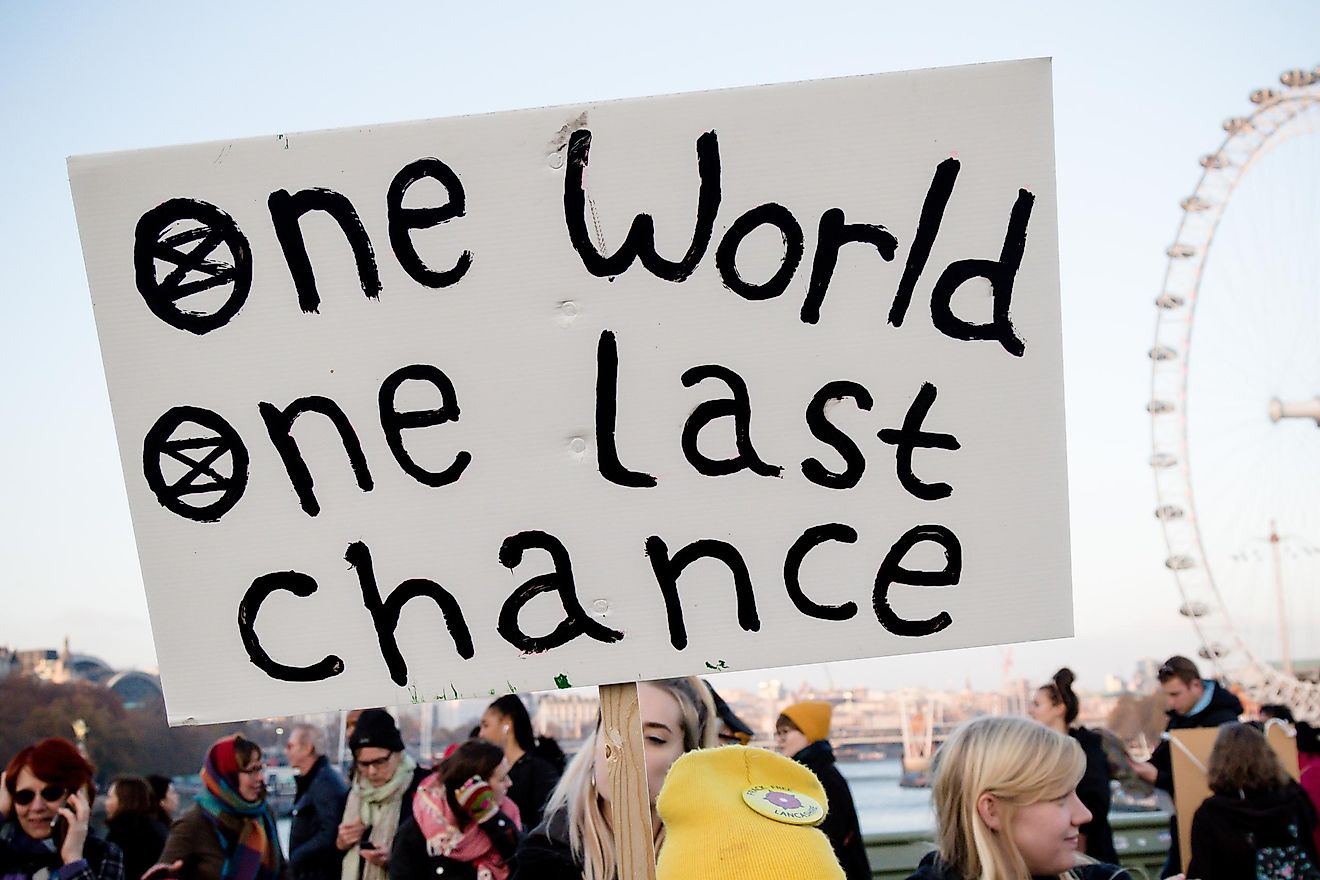
- The Megafauna Conservation Index is a list of 152 countries ranked based on the status of their natural habitats, ecosystem biodiversity, and their country’s efforts to protect wildlife.
- Many countries in the Middle East rank low in the Megafauna Conservation Index. This is because of years of conflict in some countries in the Middle East that have destroyed natural habitats and killed off animal populations. The Middle East also remains one of world’s the top hubs for animal trafficking.
- Uruguay also ranks low in the index despite having animal welfare legislation. This is because the law still allows the use of animals for shows and circuses. Fur farming and greyhound racing are also still allowed in the country according to a study by the World Animal Protection Organization.
Many countries simply get it right. They know that our survival depends on the survival of other plants and animals we share this planet with. To safeguard our existence, they know we must work to preserve natural habitats and protect biodiversity. The elimination and mere reduction in the population of just one species of animal could disrupt nature’s balance, cause changes in the environment, and possibly disrupt our food sources among other things. This is why part of the obligation of human beings is the preservation of nature and protection of the world’s flora and fauna to sustain life on the planet.
While many countries especially those in Africa, whose economies rely heavily on wildlife tourism, successfully protect their animals through laws and policies, others according to a study published in the Global Ecology and Conservation have done little to protect their wildlife.
The research studied 152 countries and ranked them based on their conservation efforts in a list called Megafauna Conservation Index. At the bottom of the list are countries where animals are still being pushed to the brink of extinction, poaching and unabashed hunting are rampant, and urbanization is continuously shrinking habitats.
Many Countries In The Middle East Rank Low
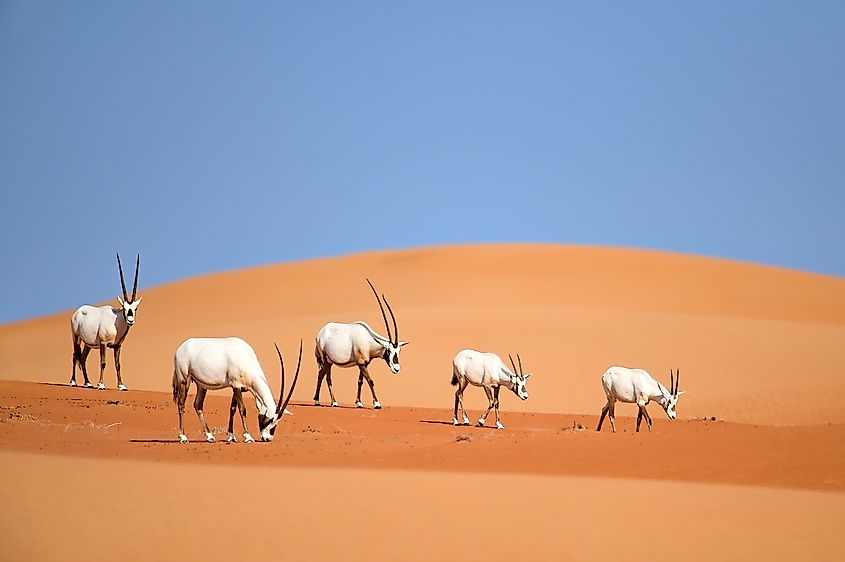
Political turmoil and conflict in Middle Eastern countries have taken their toll on their wildlife populations. Decades of strife in Iraq, for example, have pushed many of its exotic animals to the brink of extinction. The country has suffered almost 40 years of uninterrupted conflict and many animals have been caught in the crossfire.
Landmines throughout Iraq have killed many domestic and wild animals. Forests and drained wetlands were burned to reveal enemy hideouts, thereby killing animals and destroying their habitat in the process. But aside from years of conflict in countries in the Middle East, the region remains a major hub for wildlife trafficking.
According to a report titled ‘In Plane Sight: Wildlife Trafficking in the Air Transport Sector’, the Arab region remains one of the biggest wildlife trafficking transit hubs in the world. The UAE, for instance, recorded 117 known trafficking cases from 2009 to 2017, among the highest in the world.
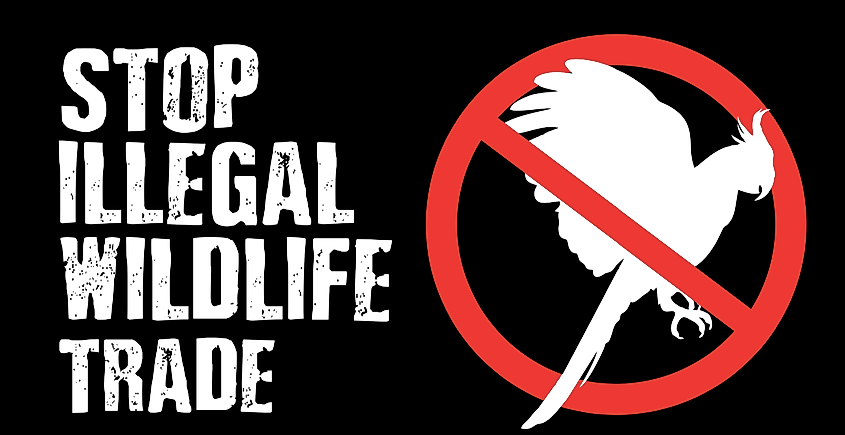
Airports in the region have become a hotspot for traffickers because of its frequent flights and geographical location. It serves as a transit hub for wild animals from Africa to Asia where their meat is considered a delicacy. Others are used for medicinal purposes and many are kept as exotic pets.
Middle Eastern airports, according to the study, serve as the venue for trafficking rhinoceros horns and pangolins, as well as ivory. Countries like the UAE, Iran, Kuwait, Qatar are hot spots for mammal trafficking. According to the study, animals like tiger cubs, AJavan gibbons, and lorises are being trafficked in these countries.
The UAE is also a major hot spot for trafficking of bird species and other reptiles. According to a study published on Birdlife International, 1.7–4.6 million birds of at least 413 species are killed or taken illegally each year in the Arabian region, Iraq, and Iran. The increased demand for Saker falcon, a migratory bird popular among falconers in the Gulf, has made the UAE the number one country for reported bird trafficking cases since 2009.
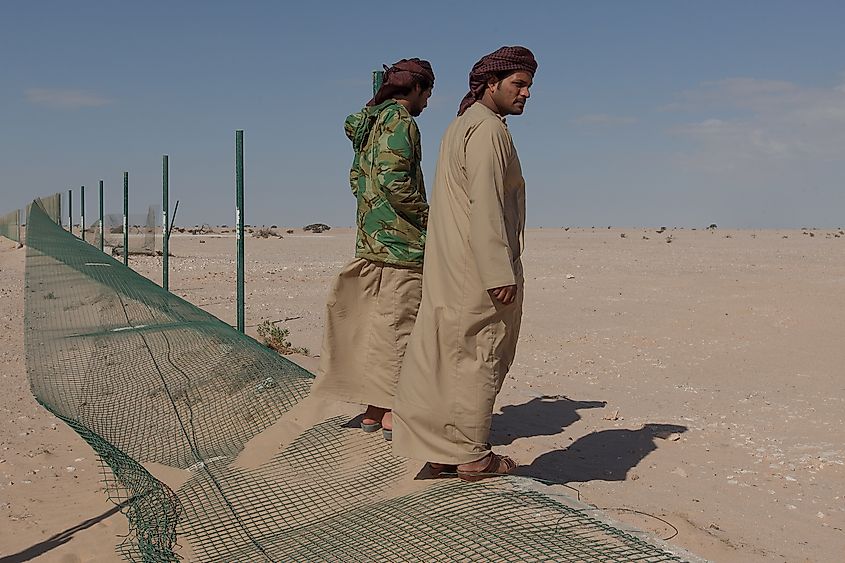
Aside from serving as the world’s hub for animal trafficking, some countries in the Middle East have also had a huge poaching problem. In Oman, for instance, rampant poaching has adversely affected the population of Arabian oryx (Oryx leucoryx) and Sand gazelle (Gazella subgutturosa). Poachers have become so brazen that there have been reports of these illegal hunters shooting at government officials guarding the nature reserves.
Other Countries That Rank Low
The list of those with the lowest scores in terms of wildlife preservation also includes a few others like Europe’s micro-nation Liechtenstein. According to the 4th National Report on Implementation of the Convention on Biological Diversity in the Principality of Liechtenstein, the country’s biodiversity is threatened. “Liechtenstein maintains its own Red Lists containing 25% of all plants, 40% of birds, 71% of fishes, and 67% of reptiles and amphibians." This is mainly due to the massive loss of habitat caused by the extension of infrastructure (construction of major roads and highways) and the sprawl of settlements.
Another geographically small country, San Marino ranks low on the list. According to a Convention on Biological Diversity (CBD) report, human activities, pollution, urbanization are causing the decay of ecosystems in San Marino. “Among the direct consequences of the current rate of urbanization are the loss, fragmentation, and erosion of habitats and the impairment of their ecological and functional role, with several negative effects on the survival of populations and species, soil permeability, rise in temperature and on hydrogeological balance,” the report explains.
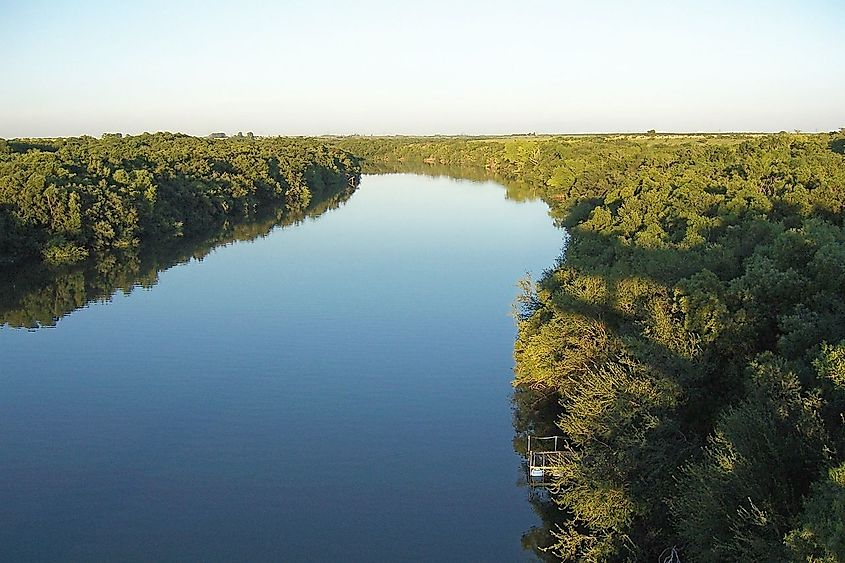
Uruguay, on the other hand, despite having animal welfare legislation like the Responsible Tenure of Animals, rank low in the list too. This is because while animal fights are prohibited in the country, the law still allows the use of animals for shows and circuses. In addition to this, fur farming and greyhound racing are cruel practices that are still allowed in Uruguay according to the World Animal Protection Index.
Solving The Problem
Reports and studies like the ones in the Megafauna Conservation Index and the Animal Protection Index aim to raise awareness about wildlife conservation. The goal is to encourage those who are already doing well in wildlife conservation and call out those that have scored low. The countries in the latter through these studies can evaluate what’s missing in their efforts and work harder to mitigate the effects of poaching, animal trafficking, and habitat destruction.
Countries like the UAE through the Ministry of Climate Change and Environment have recently committed to increase the number of natural protected areas in the UAE. The goal is to reach a level of sustainability and increase the population of threatened species by conserving their natural habitats. The ministry also conducts studies to understand their local flora and fauna and partners with international organizations to boost animal welfare programs.
Organizations like the World Animal Protection Organization, on the other hand, are providing recommendations for countries like Uruguay that have scored low in terms of wildlife protection. Their recommendations include changes to legislation and policies aimed at protecting each country’s natural habitat and wildlife populations.
The Worst Performing Countries In Wildlife Conservation
| Rank | The countries with the lowest scores on the Megafauna Conservation Index |
|---|---|
| 1 | San Marino |
| 2 | United Arab Emirates |
| 3 | Syria |
| 4 | Libya |
| 5 | Qatar |
| 6 | Yemen |
| 7 | Uruguay |
| 8 | Liechtenstein |
| 9 | Oman |
| 10 | Iraq |











